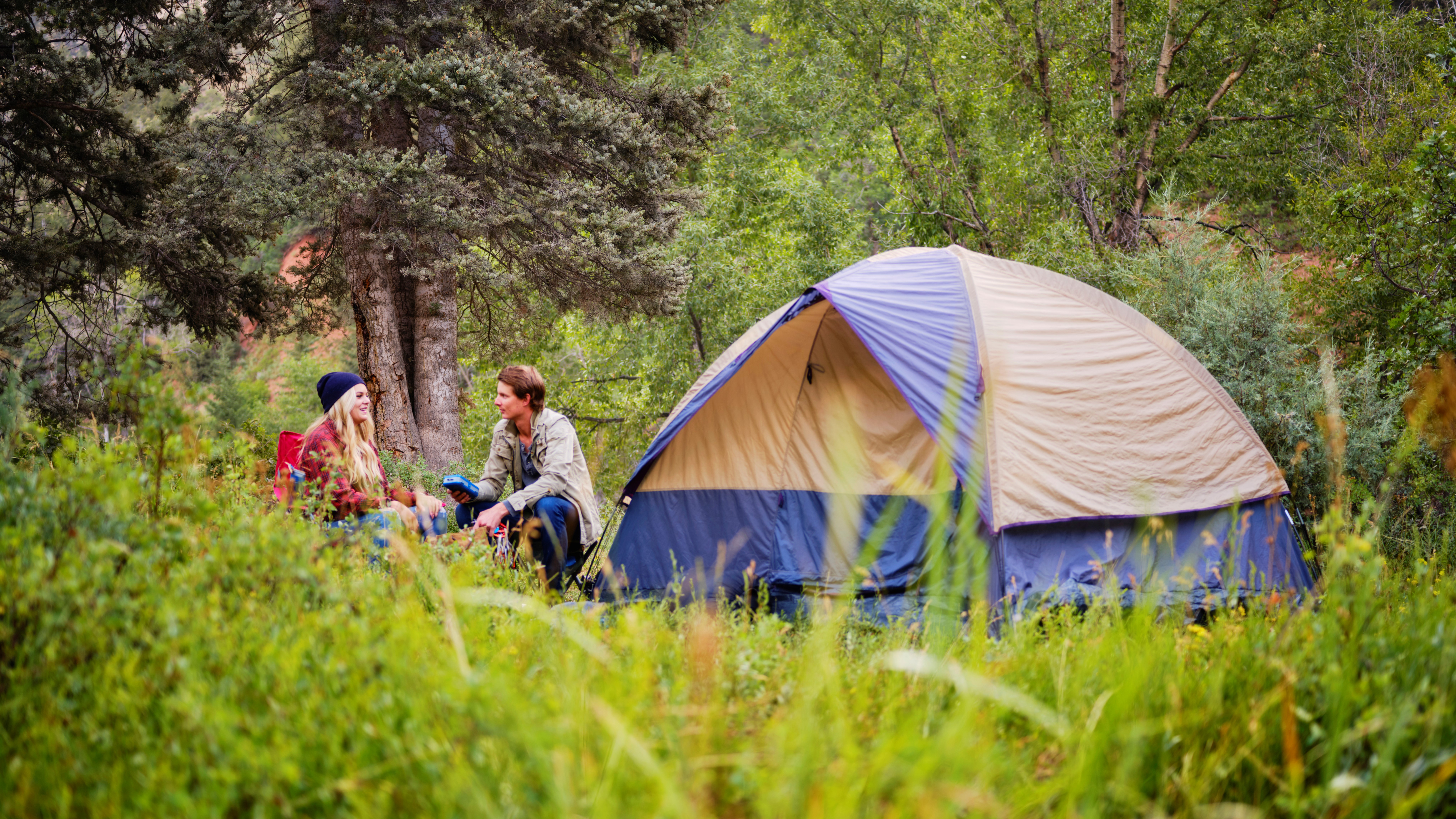
Camping can be a pretty difficult thing to enjoy sometimes. Bad weather, sore feet, wet clothes and cramped tents can all add unwanted negativity to something that’s supposed to be serene. To make it as easy on yourself as possible, here are nine camping hacks for easier adventures based on over a decade of experience in making things way harder than they needed to be.
1. Don’t feel like you need to be too adventurous
This first hack is easy – literally. It’s all about deciding what you want to experience, and figuring out how you can deliver on that in the easiest and most comfortable way possible.
When I first started wild camping, I thought I was cheating if I could see a streetlight from the top of a mountain. I felt obliged to trek with 16kg on my back over mountains and across moorland, all to set up a tent in a spot as far away from civilization as possible. If it was raining or snowing, that was even better, as that was what I thought wild camping was meant to be at the time: a backbreaking adventure pitting me against the elements in the middle-of-nowhere.
These days I’ve become much more pragmatic about the whole thing, especially when I’m going out with the express intent of enjoying a peaceful night under the stars. As I’ve learned, the sense of adventure is the same whether you walk 40 miles or 40m. And I can still have that middle-of-nowhere experience by driving somewhere remote and camping near the car.
Therefore, the next time you go out camping, don’t overcomplicate things. Take it easy on yourself, and only go as far as you have the time and energy to do comfortably.
2. It’s okay to be a fair-weather camper
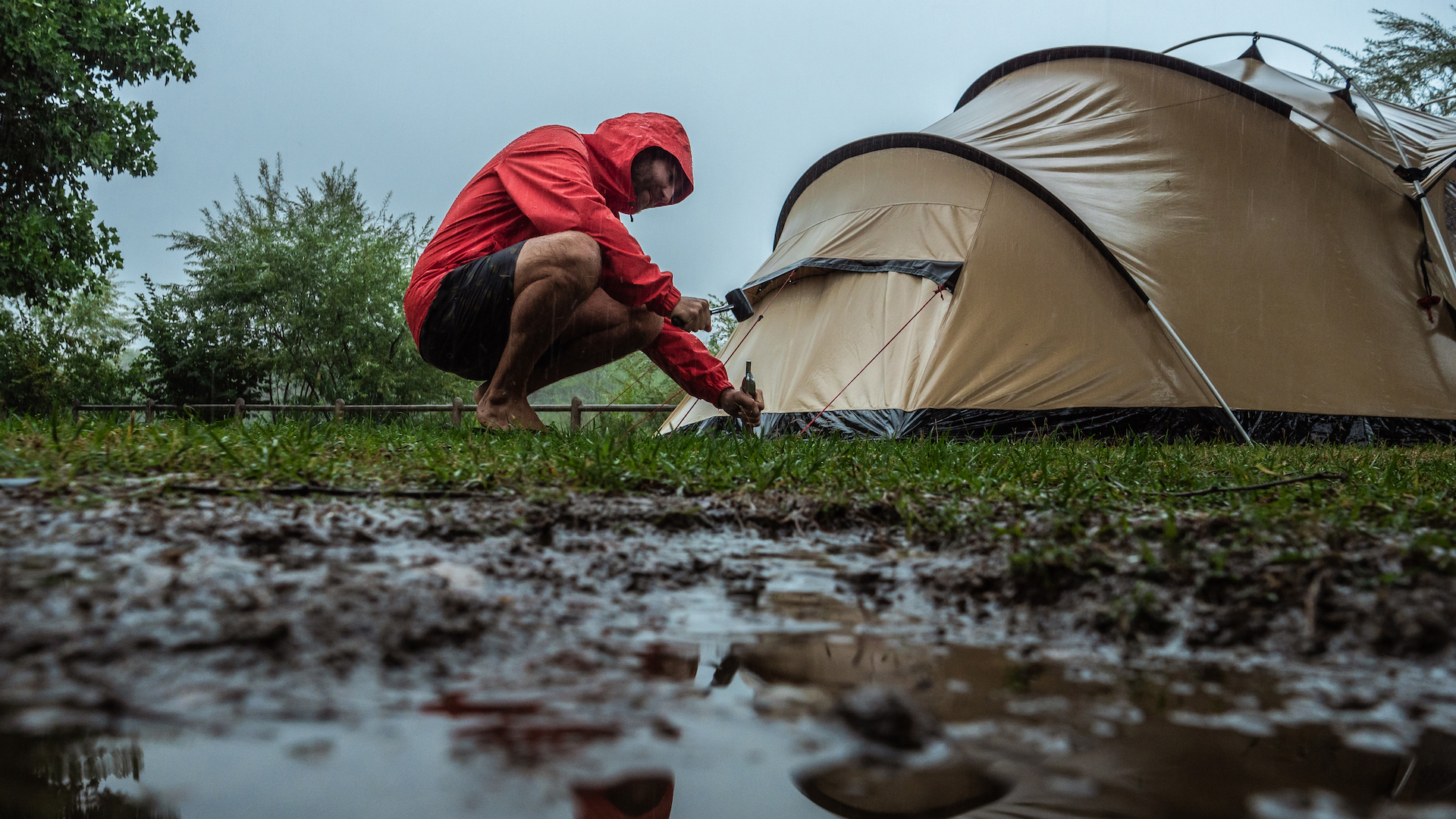
Following a similar vein to the first hack, my second suggestion is there’s no shame in being a fair-weather camper. Camping in snow is amazing fun, as is camping under bluebird skies on a gorgeous summer’s evening. Camping in driving wind and rain is always miserable – no matter how much money you spend on kit.
Therefore, unless you’re doing a multi-day thru-hike and you have no other choice, don’t feel obliged to grin and bear the worst weather imaginable. It’s okay to stay at home when it’s raining and to get out only when you know you’re going to enjoy it.
3. Invest in a sleeping pad before the other stuff
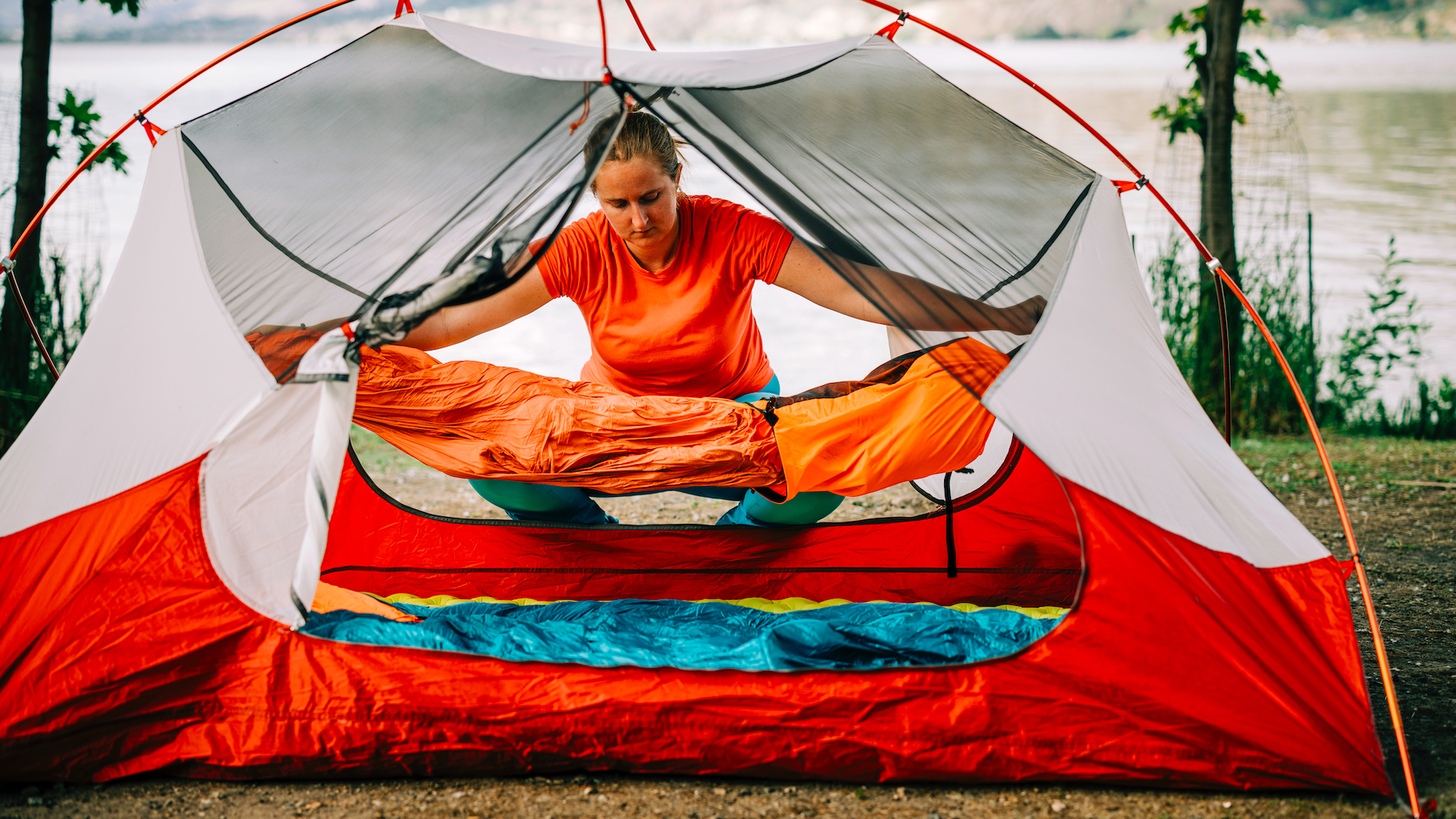
In my experience, using the best sleeping pad you can is often the most overlooked part of any person’s sleep system. The tent and the bag – the two coolest items on the list – tend to get the most attention, with people happily handing over significant sums of money to buy a top-of-the-range down sleeping bag or a lightweight four-season tent.
Unfortunately, if you combine these with an uncomfortable pad you’re still going to have an uncomfortable night.
A budget pad with a very low R-value won’t keep you warm, no matter what rating your sleeping bag has, and a pad that’s little more than a slip of hard foam won’t give you the support you need for a comfortable night’s sleep.
Therefore, instead of splurging only on a tent and bag, consider holding on to some of that budget and investing in a comfortable pad with a suitable R-value as well.
4. You don’t always need to take a stove
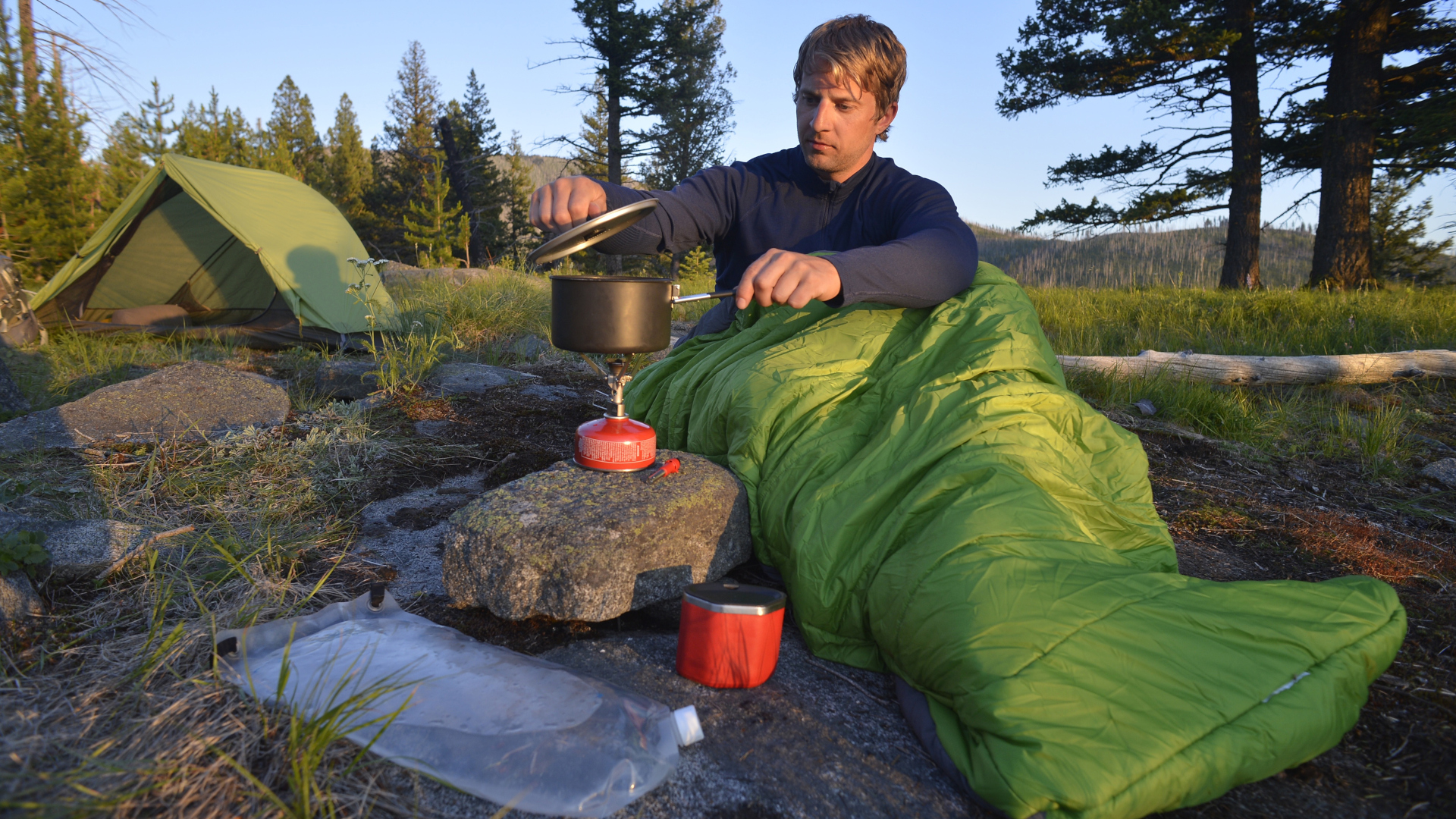
This is a hack that it took me the best part of a decade to realize. Until only recently I always took a stove. For me, cooking was part of the ritual: a hot meal before bed, a warm coffee in the morning. I just always hated the cleaning up afterwards.
Then, while I was testing the Vern 1 tent this summer, I wasn’t able to get my hands on a bottle of gas. Instead, I resorted to taking a Meal Deal and a can of cold-pressed coffee for the morning… And what a revelation it was.
I still feel like I got a good meal in me, and all of my little rituals were still there. My pack was just smaller coming off the mountain the morning after than it was going up, and I didn’t have to do any dishes when I got home. I also didn’t have to go to bed with half a boil-in-the-bag smeared up my wrist, as is inevitable when you eat any camping meal, even with one of those fancy long spoons.
5. Put on your waterproofs the second it starts to rain
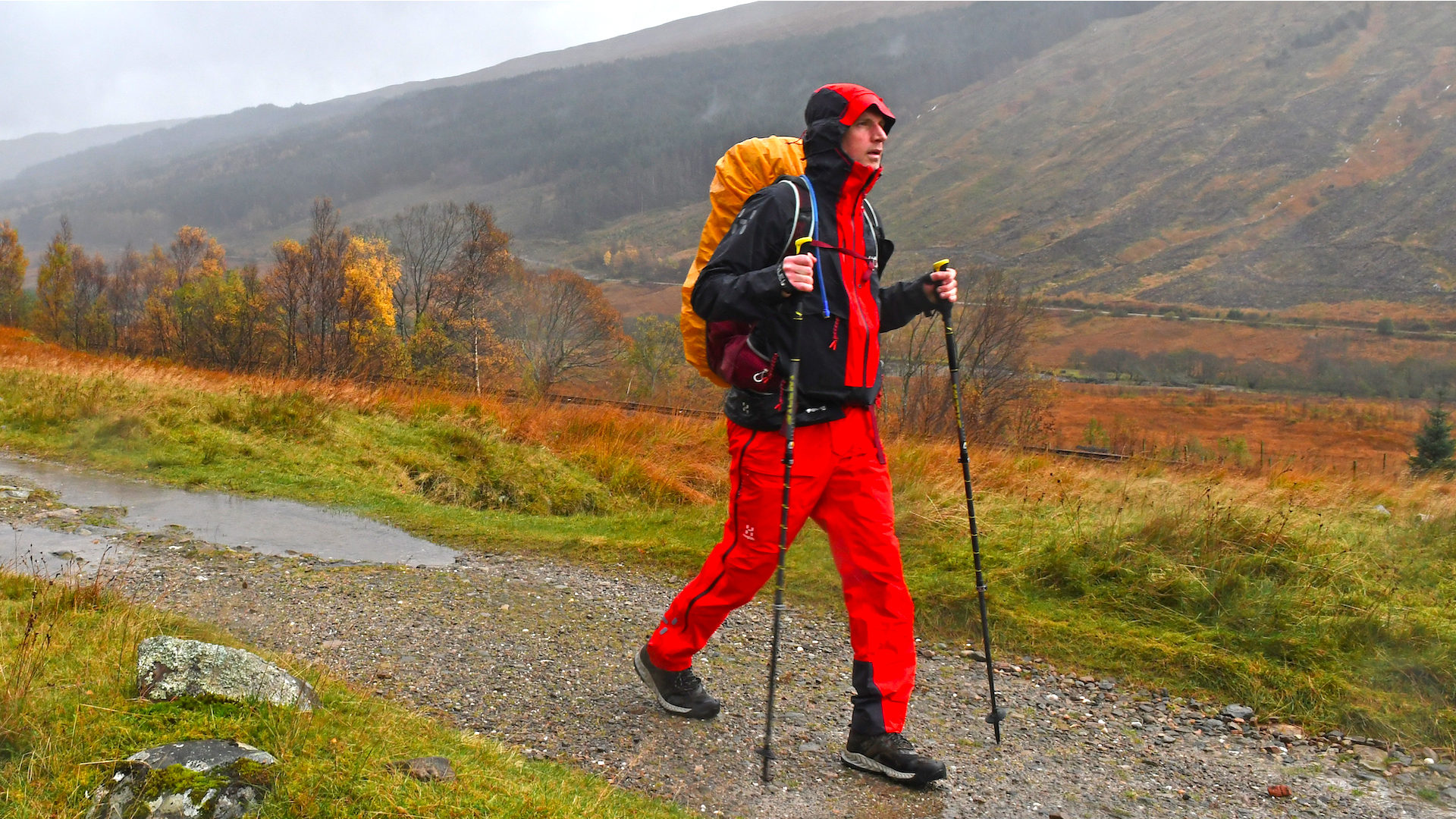
If you’re out camping for a few days, it’s all the more important that you try and keep your clothes dry. Therefore, follow a routine of whipping out your waterproofs the second the rain starts to fall, and do so religiously throughout the day.
This will prevent your t-shirt, mid-layer and hiking pants from getting wet, which will all be miserable to put back on in the morning if they do. And while tugging on a pair of rain pants over a pair of muddy hiking boots is never fun, sitting at camp later that day in a pair of dry pants is.
6. Try and pitch somewhere out of the wind
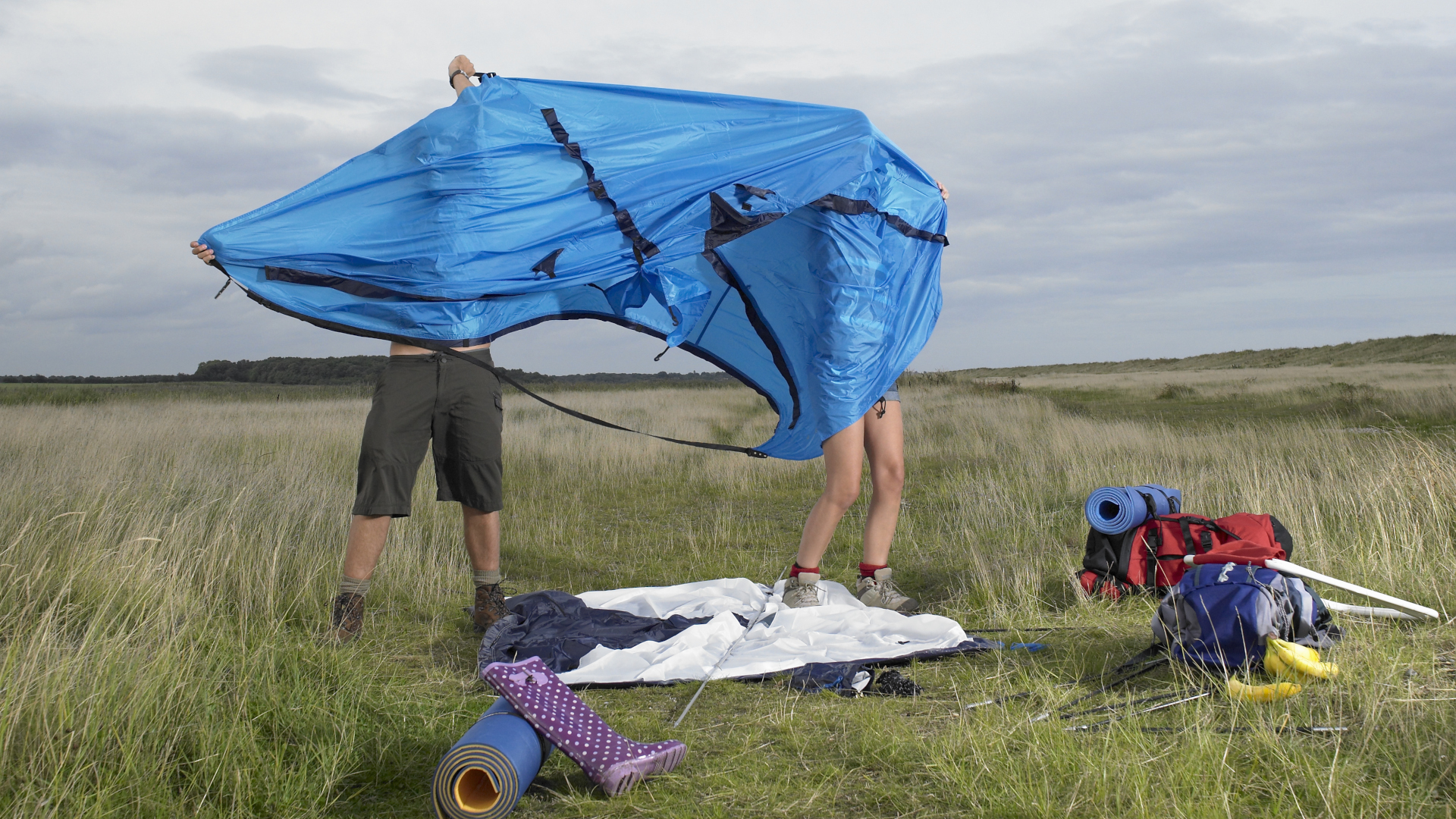
When wild camping, as noted in the first hack, it’s all too easy to give into clichés surrounding adventure. And one of those clichés is enjoying a view, no matter the weather.
And even though a strong four-season tent will keep you safe in the wind, it won’t result in a comfortable night’s sleep: wind against a flysheet can be one of the loudest and most annoying things to have to try and sleep through, worse than rain, snow or freezing temperatures – provided you’re appropriately prepared, obviously.
Therefore, above all else, try to camp somewhere out of the wind to ensure you’ll at least have a reasonably quiet night, and don’t stake the success of your trip on the ability to wake up to a glorious cloud inversion from some far-flung summit somewhere. Camping down in valleys is still fun.
7. You don’t need both a headlamp and a camping lantern
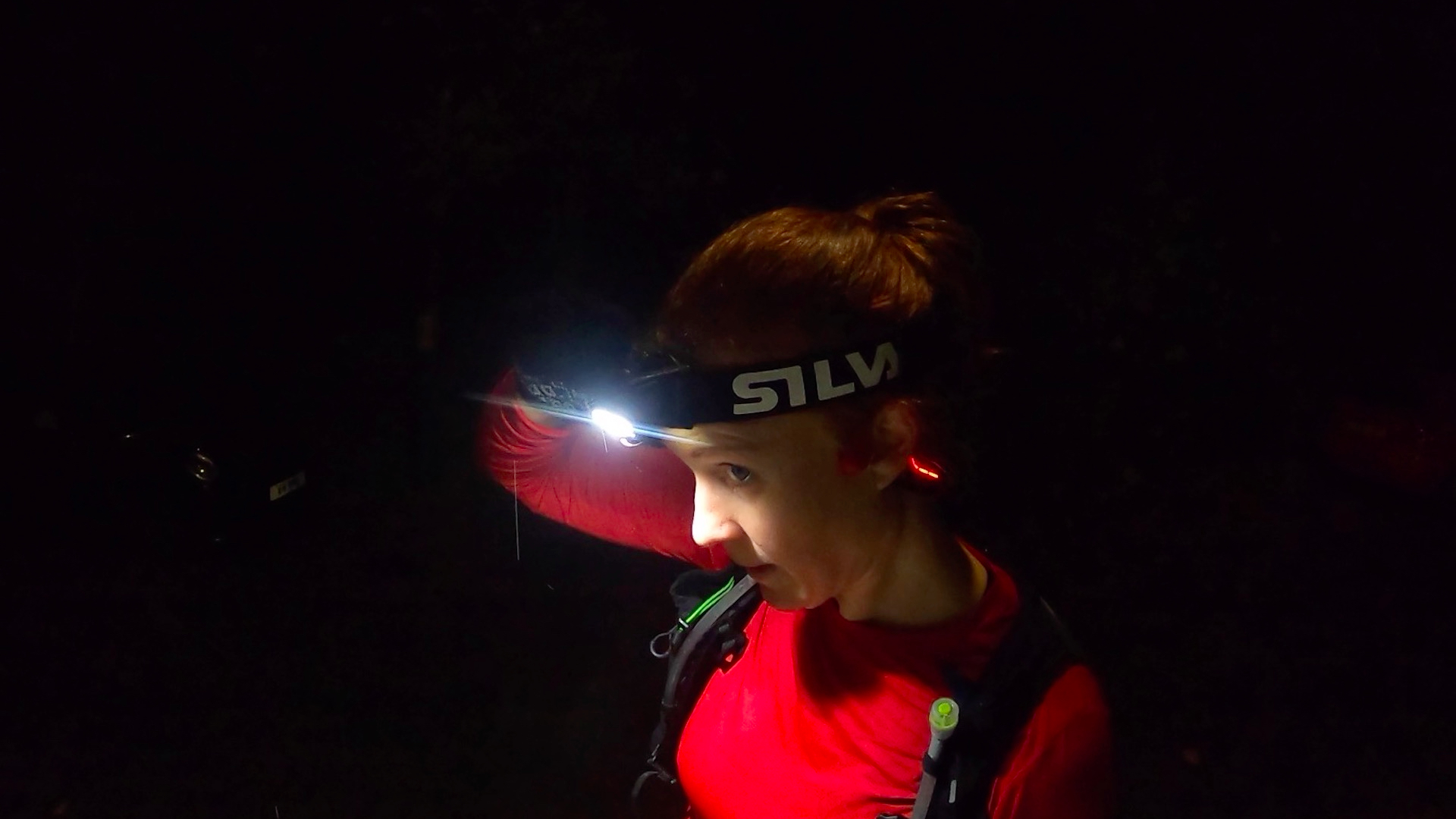
A good hack that I’ve grown to appreciate over the years is simply leaving my lantern at home. Whenever you go camping, it’s a good idea to pack a headlamp (in case you need to go anywhere while it’s dark), and it’s a good idea to pack something to illuminate the inside of your tent while you read a book, get changed, or just sit up and enjoy the stillness.
Brands have long sold two individual solutions to these conundrums: headlamps to use while you’re on the move, and camping lanterns to use when you’re not. Yet, lo and behold, they do the same job, so there’s really no use in taking both.
You can save weight (and money) by simply taking a headlamp. And as most tents come with some sort of a hanging line or a lantern loop to hang a light, it’s just as easy to hang a headlamp inside a tent.
8. Download an audiobook, series or podcast ahead of time
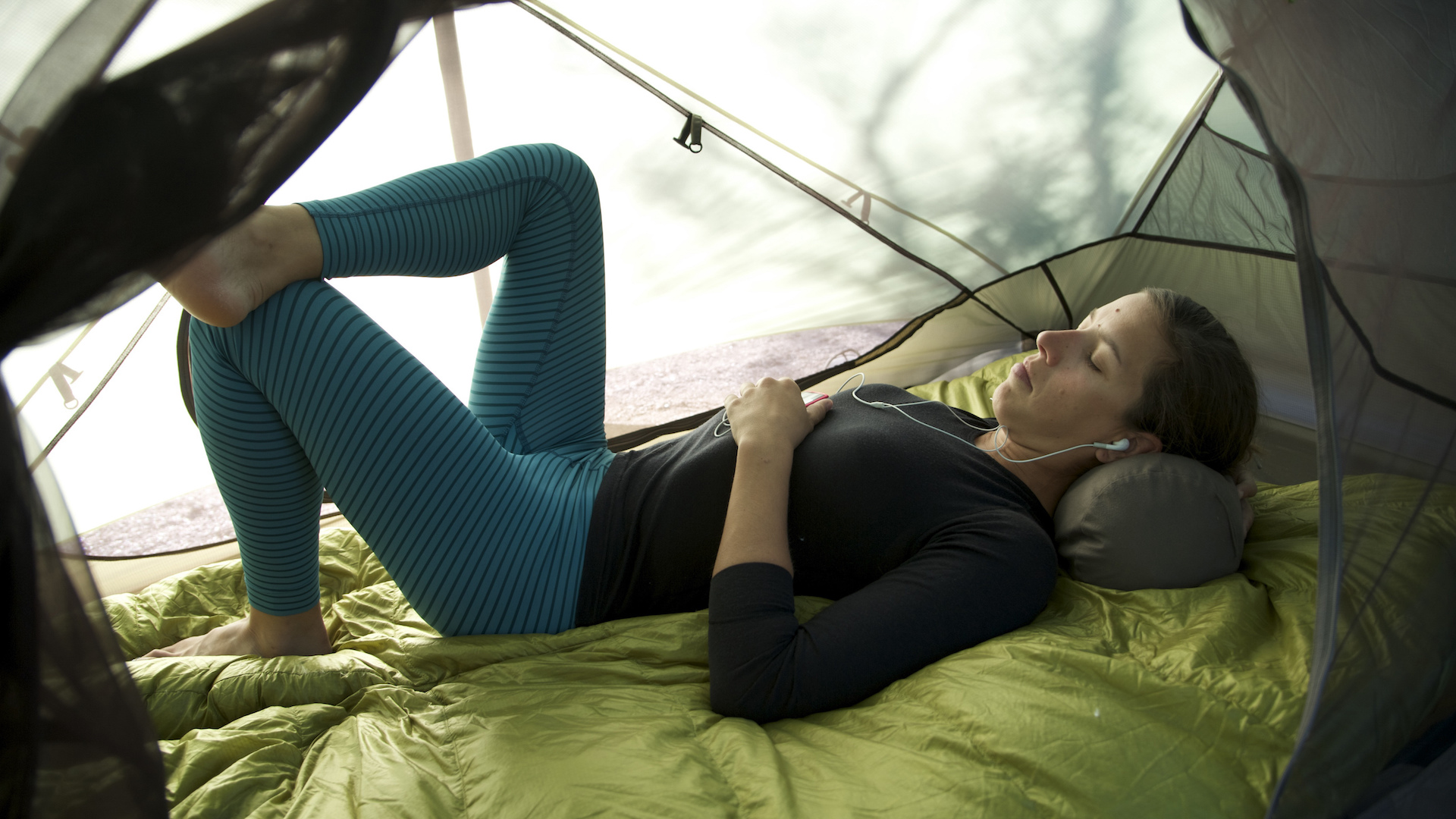
For many, going camping is about switching off. We do it to enjoy the silence and to step away from the screens. And while that’s something I entirely support, I’m also quite the realist and understand that spending nine to ten hours in a tent (or even longer in winter) can be pretty boring, especially when you can’t sit up and enjoy the view. Therefore, download an audiobook or podcast and take a pair of headphones, or even save some of your favorite Netflix series offline for enjoying in your tent. If you want to avoid all screens entirely, you can also take a book; you’ll just have to carry this with you in your pack.
9. Pack a pillow
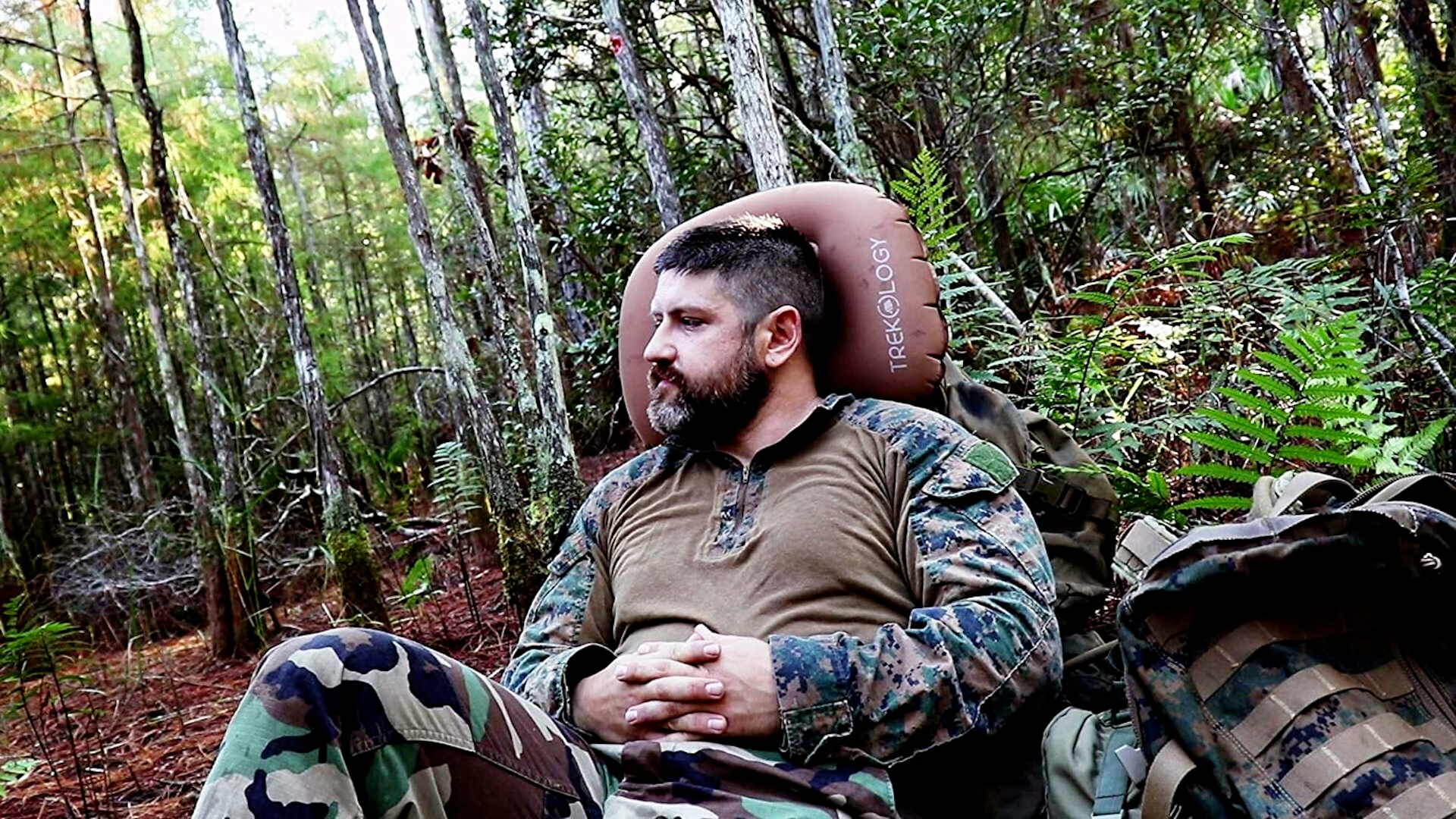
My final hack aims to solve a simple mistake I see people doing all too often: thinking they can get away with stuffing their clothes in a bag and using that as a pillow. And while obsessed ultralight campers will happily give up comfort to save a few grams, a small camping pillow doesn’t weigh much and can drastically improve the quality of your sleep. For example, the Trekology Aluft pillow costs less than $20, weighs around 100g and even comes with a strap to wrap around your pad so it stays in place overnight. To me, at this price and weight, this is an instant no-brainer, and I’ll never camp again without packing a pillow.
- The best camping tents 2023: for superb backcountry adventures







